More and more of us are using our outdoor space to grow food. It saves money, cuts down on air miles and makes us more self-sufficient. Not to mention the pride you will have when harvesting your homegrown crops that will taste so much better than shop-bought ones.
Starting a new veg plot can feel daunting. So, here are 10 varieties that are easy to grow for beginners and seasoned gardeners alike.
Salad
Fresh, crispy salad leaves are the easiest edible crop to grow. Some varieties will be ready to harvest in just a few weeks. Look out for a seed mix that will give you a variety of leaves for different colours, tastes and textures.
For best results, sow in stages so you don’t get loads all at once. Sow a couple of lanes every few weeks throughout the summer to ensure a continuous supply.
Once you’ve mastered lettuce, try rocket and spinach too!
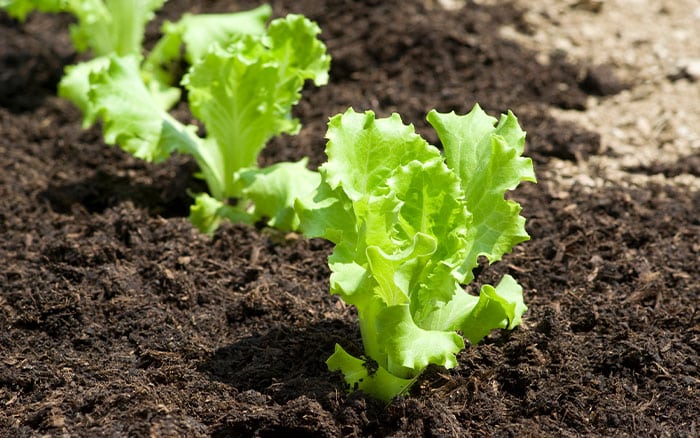
Peas
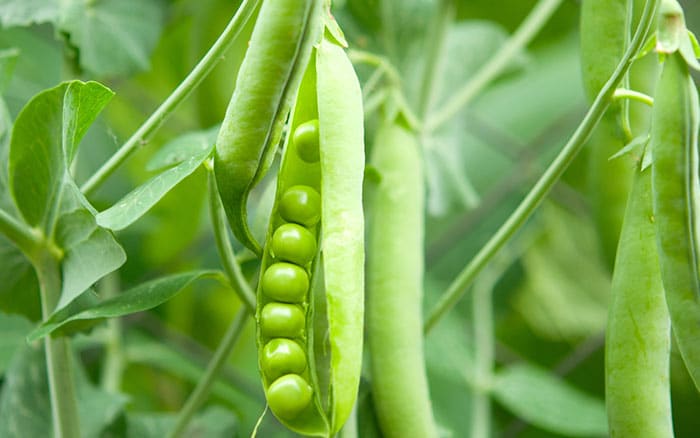
Peas are a fuss-free crop that don’t mind cooler weather, so you don’t have to worry about starting the seedlings off indoors. Simply sow the seeds in the ground from February onwards and watch them grow.
Bear in mind that the plants need support – put in bamboo canes or chicken wire attached to posts and occasionally wind the stems around as they grow. Pick fresh peas from June to October – the more you pick, the more will grow!
Eating them as soon as you pick them will give you that sweet, sugary kick.
Radishes
Add a peppery zing to salads and all types of Asian and Mexican cooking with radishes. They grow well in pots or sow them directly in the ground in the summer. Remember to sow in stages for a continuous crop, rather than one glut.
They are great for adding colour to the veg garden, and only take four weeks from sowing to harvest. Make sure to keep the soil moist so they can grow big and fleshy.
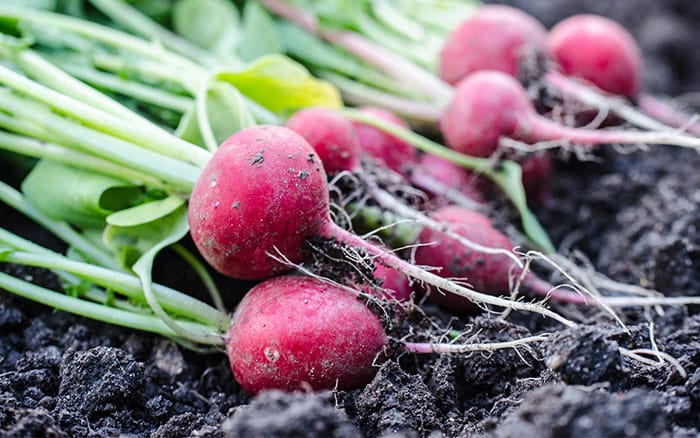
Onions

Onions are practically maintenance-free vegetables. Plant sets, which are like baby onions, instead of seeds for better results. They need an open, sunny site with well-drained soil – they don’t like excess water.
Plant from mid-March to mid-April by pushing the set into the soil until just the tip is showing. Water in dry spells and keep surrounding soil clear of weeds. Remove any flower spikes as soon as they appear to focus the plant’s energy on making sweet bulbs.
Harvest the onions when the leaves turn yellow and die back. If you want to store them, leave them out to dry in the sun for two or three weeks. For an even easier crop, try growing spring onions.
Potatoes
Many people think of potatoes as a difficult crop, but ‘early’ varieties are trouble-free. They are planted in late February and early March and harvested 10 to 20 weeks later.
Potatoes need very deep soil, so it may be worth growing them in a raised bed or a container like a dustbin. Keep pushing soil up around the stems as they grow to create a mound, and harvest when the leaves turn yellow.

Beetroot
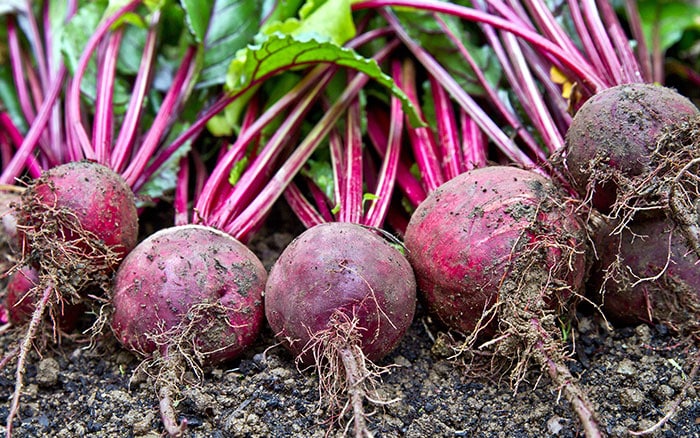
Beetroot is a great root vegetable to start with. It’s great in salads and roasted with other veg, but it’s surprisingly versatile in the kitchen. Try it with cheese and biscuits, and jazz up baked potatoes too.
Sow beetroot directly into the ground from March to July. Keep the soil moist and water every 10-14 days in dry weather. Harvest young when they are golf ball sized or leave a few in the ground until they reach cricket ball size.
Beans
Broad beans and runner beans are easy veg to grow for beginners. Like peas, they need a support system made from bamboo canes or a wire frame.
Sow directly into the ground in April and harvest from June onwards. Pick the veg constantly to keep the plant vigorous. If you’re short of space, try a dwarf variety that grows like a little bush – it’s great for containers too.
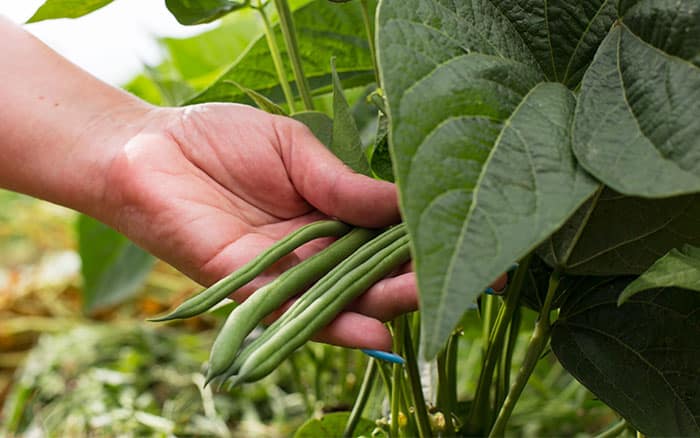
Tomatoes

They are one of the most popular veg plants to grow and can easily be grown from seeds. If you’re growing them outdoors they can be sown from late March, but if you are opting to grow in a greenhouse, you can start sowing from late February.
Tomatoes even grow in hanging baskets, trailing down fresh, juicy tomatoes.
Plant tomatoes in grow bags that have rich soil and remember to keep them somewhere warm and sunny, as that’s what ripens the fruit. If you don’t want to mess about with seedlings, buy a ready-started plug plant.
Rhubarb
This is a simple crop to grow as it’s hardy and low-maintenance. Plant dormant crowns in a sunny spot with moist, well-drained soil in late autumn to early winter and leave to their own devices.
Try not to harvest rhubarb for the first year – it needs time to get established. In the following year harvest a few rich stems, and the following years harvest up to a third or half from then on, ensuring you leave some to keep the plant in active growth.
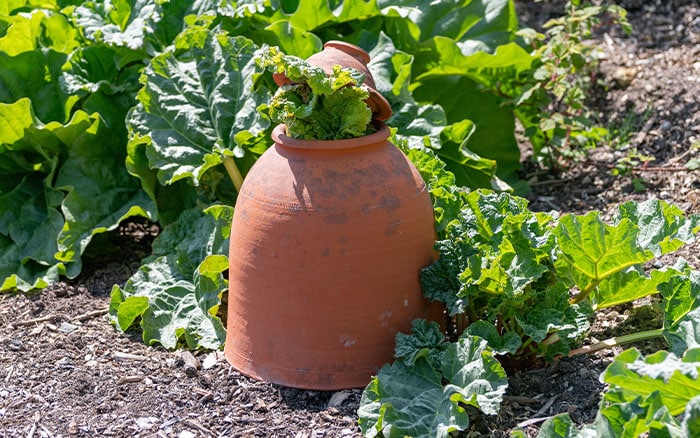
Chillies
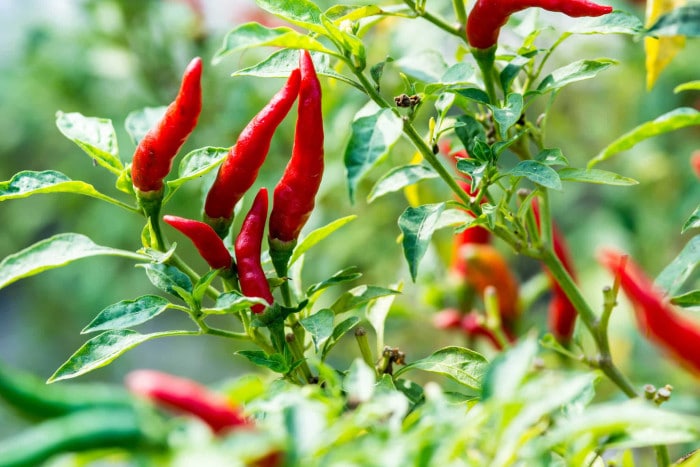
As we continue to get more adventurous in the kitchen, chillies are becoming more and more popular. Surprisingly, chilli plants grow well in Britain, if they are kept warm. The hotter the variety, the more warmth it will need to ripen, so choose something like a mild cayenne variety for the best results.
Sow the seeds indoors on a warm windowsill in spring and move the plants outside in May. Keep watered and harvest from July onwards. Picking the fruit regularly will ensure the plant puts its energy into producing more fruit.
Growing your own veg is a brilliant way of making the most of your outdoor space. It’s easier than you think, and you’ll never look back.




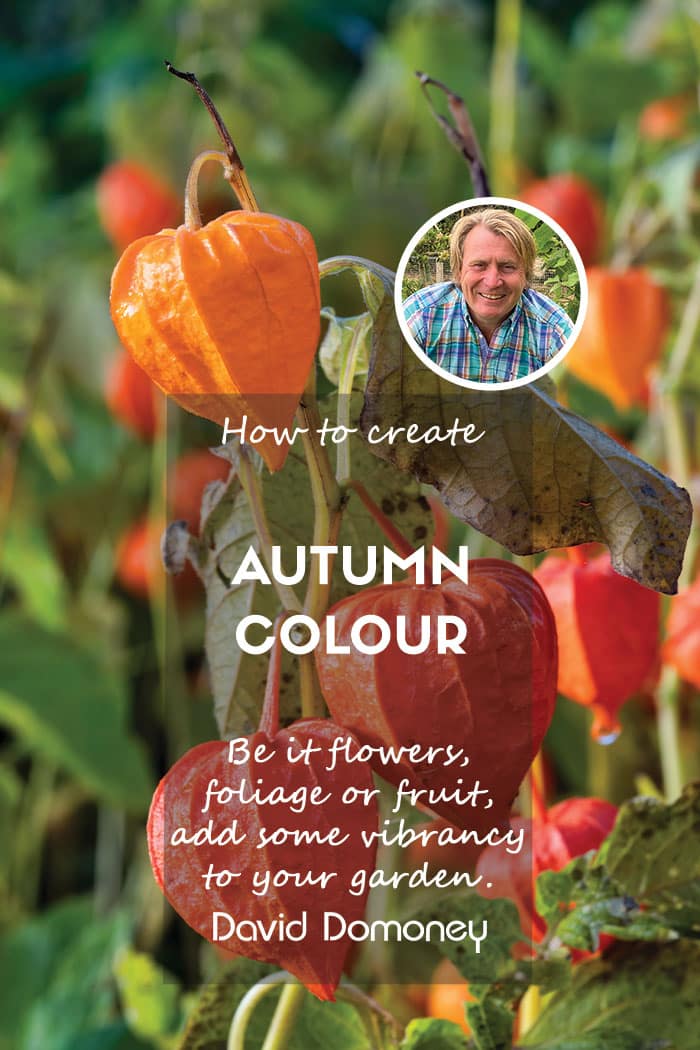


Leave A Comment